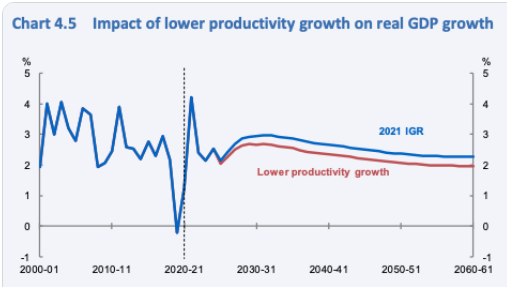In light of the Albanian government reducing its expectations of future gains in national productivity. The move cuts the estimate for future annual productivity growth by a fifth, from 1.5% to 1.2%. Productivity measures the amount of economic output that can be generated from a given set of resources.
Australians are ready to hear real talk about where their country is and productivity. The Productivity Commission on Wednesday released the first report of a five-year series of reforms that show productivity growth is at its slowest level in 60 years.
At 1.2%, though, the government's revised target is higher than it has been in more than a decade. John Hawkins, a senior lecturer at the University of Canberra and a former senior economist at the Treasury and a Reserve Bank productivity growth estimator, is a welcome step toward more realistic expectations.
Hawkins said the earlier increase in productivity dates back to the golden age of economic reform during the Keating era and the early Howard/Costello years.
Hawkins said improving education, making the tax system more efficient, reforming regulations, restructuring the health system and improving infrastructure are long-term projects. “Many of the 1980s reforms were one-off. You can only float a dollar once. You can only get rid of tariffs once.”
Facilitating access to child care, he said, may be one useful policy to the extent that it makes it easier for more people to join the workforce, boosting national income and tax revenue in the process.
Hawkins estimated that eliminating 0.3 percentage points from current tax revenue estimates for 2023-24 would result in a deficit of $25 billion annually by 2033-34, with cumulative losses of $120 billion for this decade.
As productivity grows and each hour of work generates more and more income over time, it creates the potential for improving living standards across the board. Per capita income equals total income divided by population. The growth rate of per capita income roughly equals the difference between the growth rate of income and the growth rate of population
According to the sensitivity analysis provided in the Intergenerational Report, real and nominal GDP is expected to be about 9.5% lower by 2060-61 if a productivity growth rate of 1.2% is applied, instead of 1.5%.
"The nominal GNI per capita is also expected to be $32,000 lower by the end of the forecast period compared to the baseline," she added, adding that wages would also fall by 9.25% and tax targets would be reached two years later.
